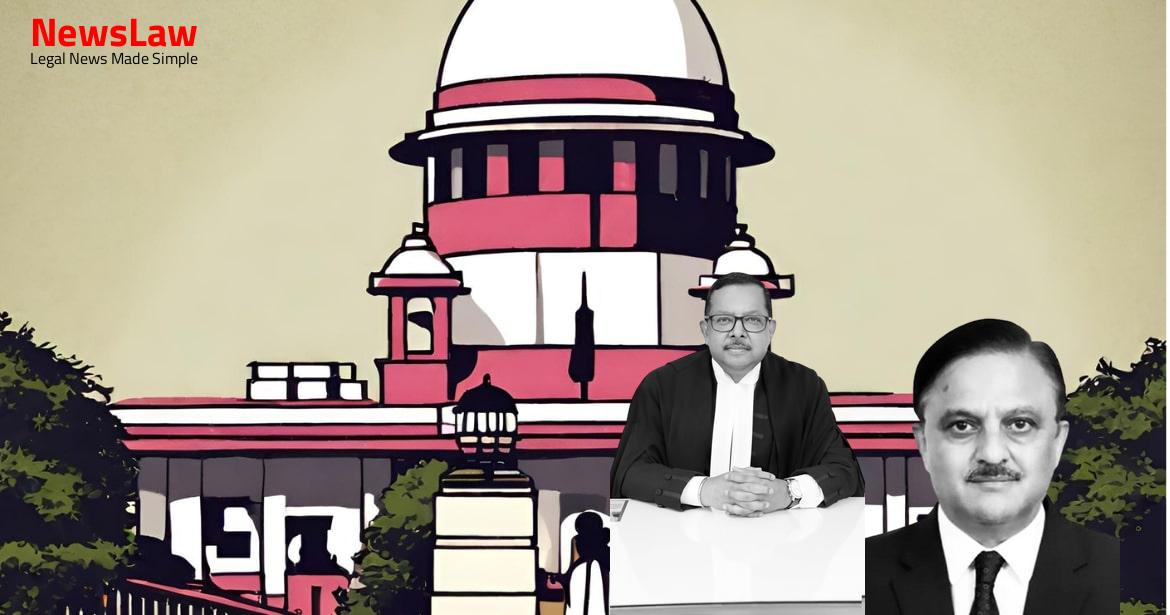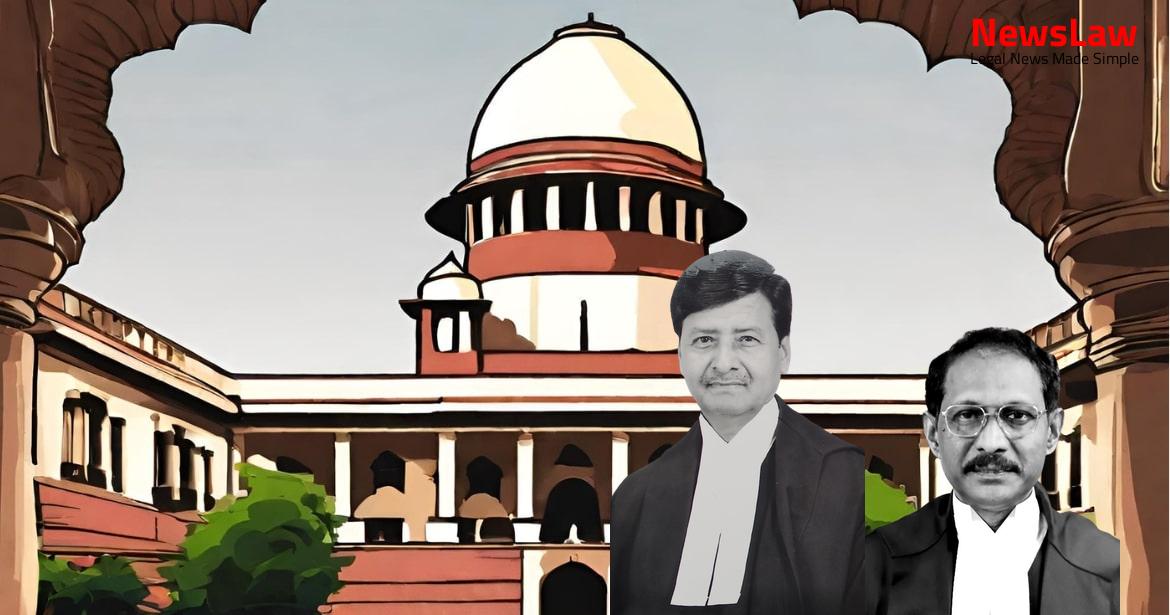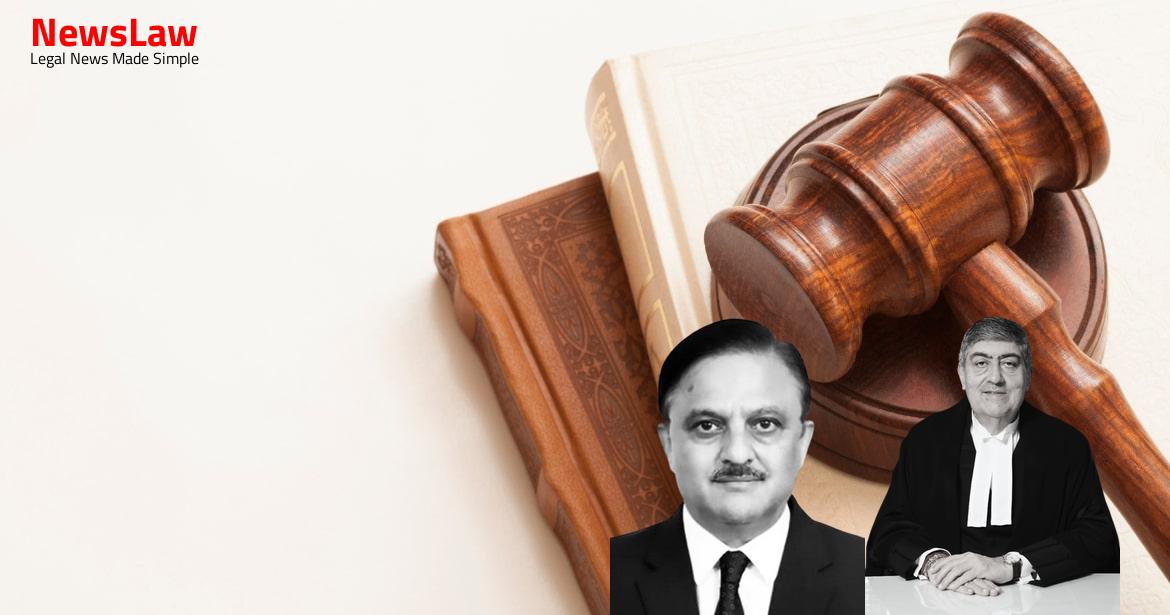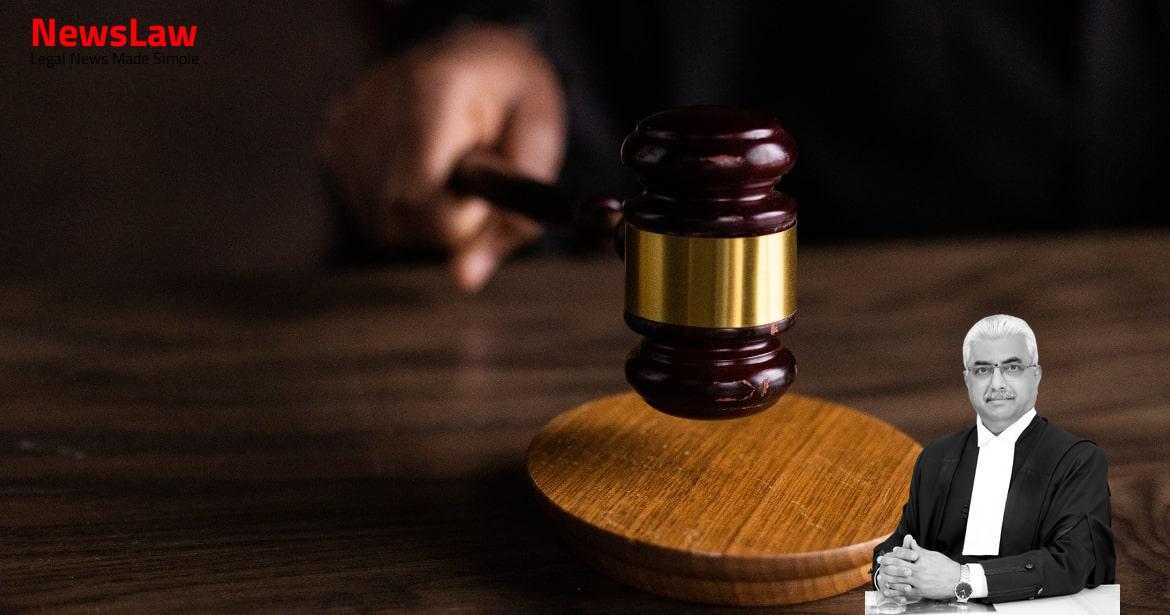Delve into the intricacies of Criminal Appeal No. 1637 of 2021, where the appellants, Alauddin & Ors., contested against The State of Assam & Anr. Uncover the nuanced legal arguments, examination of evidence, and pivotal judgments that shaped this criminal case, offering insight into the Indian legal system’s workings and principles of justice.
Facts
- Accused no. 1 picked up the victim from his residence and took him to Bhojkhowa Chapori Bazar.
- The victim was then killed behind L.P. School by the accused using a sharp weapon.
- The appellants are accused nos. 3, 1, 6, and 7 respectively.
- The High Court confirmed the appellants’ conviction in Criminal Appeal No. 1637 of 2021.
- One of the accused died during the trial.
- Out of the eight accused, five were convicted by the Trial Court.
- An appeal against the conviction was made to the High Court.
- The High Court overturned the conviction of accused no. 5.
Also Read: Parsi Dairy Farm vs. Local Tribals – Supreme Court Judgement
Arguments
- The counsel argues that the evidence of PW-4 (Md. Saidur Ali) is unreliable and not worthy of acceptance.
- He points out that contradictions in the cross-examination of prosecution witnesses were not properly recorded.
- The argument is made that the testimony of PW-7 (Md. Sultan Ali) on last seen together cannot be relied upon.
- The Trial Court’s judgment in paragraph 42 mentioned that the claim of being an eyewitness by PW-1 (Md. Akhtar Hussain Choudhury) was found fallacious.
- The evidence of PW-3 (Md. Afazuddin Chaudhury) is said to be full of omissions and contradictions and cannot be considered as that of an eyewitness.
- Similar concerns are raised regarding the evidence of PW-9 (Md. Abdul Haque).
- PW-6 admitted that her husband had lodged a police complaint against the accused, indicating prior enmity.
- Evidence of PW-6 (Mustt Hasen Banu) also highlighted a history of enmity between her husband and the accused.
- Attention is drawn to the evidence of PW-11 (Sri Bidyut Bikash Baruah), the Investigating Officer.
- The counsel points out that PW-10 (Md. Anisul Haque) does not support the prosecution’s case.
- High Court’s view supported with no fault found
- Convincing evidence against the appellants presented
- Evidence of last seen together and motive established
- Prosecution witnesses confirm deceased last seen with accused
Also Read: Jindal Drugs Limited vs. Revenue Department: Labelling Activity as Manufacture
Analysis
- The analysis section of the judgment focuses on contradictions and omissions in the statements of prosecution witnesses.
- The procedure followed in recording contradictions during cross-examination is criticized for not adhering to the correct method.
- Contradictions between the evidence given in court and statements made to the police are highlighted as key points of consideration.
- Omissions in the statements recorded by the police compared to the court testimonies are discussed as crucial factors in determining reliability.
- The significance of ensuring fairness in confronting witnesses with their prior statements is emphasized.
- The application of Section 149 of the Indian Penal Code is discussed in relation to the formation of unlawful assemblies and guilt in offenses.
- The importance of properly proving contradictory statements to establish credibility is underscored.
- The relevance of the theory of ‘last seen together’ in connection with witness testimonies and the deceased’s interactions is evaluated.
- The analysis delves into the impact of contradictions and omissions on the overall reliability of witness statements.
- The need for specific attention to be drawn to the contradictory parts of prior statements during witness cross-examination is highlighted.
- Section 145 of the Evidence Act allows a witness to be cross-examined on previous inconsistent statements in writing.
- Section 155 of the Evidence Act specifies that a witness’s credit can be impeached by proof of former statements inconsistent with their current evidence.
- Contradictions or omissions in a witness’s statements are not automatically grounds to discredit their testimony.
- Section 162 of the Criminal Procedure Code states that statements made to the police during investigation cannot be used in evidence unless under certain circumstances.
- Under Section 161 of the Criminal Procedure Code, police have the power to record statements of witnesses during investigation.
- Section 145 of the Evidence Act must be used to contradict a witness if he denies making a former statement
- The witness’s attention must be drawn to the parts of the former statement that are to be used for contradiction
- This procedure is necessary unless the witness admits to making the former statement
- Eyewitness testimony deemed unreliable
- Prosecution failed to prove the charge against the appellants
- Appellant no. 2 being found in the company of the deceased at 4:00 p.m. not conclusive evidence of murder
- Theory of last seen together rejected
Also Read: M/s. Mount Shivalik Industries Limited vs. The National Company Law Tribunal
Decision
- The judgments of the Trial Court and High Court convicting the appellants for the offence under Section 302, read with Section 149 of IPC, are set aside.
- The appellants are acquitted of the charges against them.
- The appellants shall be set at liberty, unless their custody is required for another offence.
- The appeal is allowed.
Case Title: ALAUDDIN Vs. THE STATE OF ASSAM (2024 INSC 376)
Case Number: Crl.A. No.-001637-001637 – 2021



